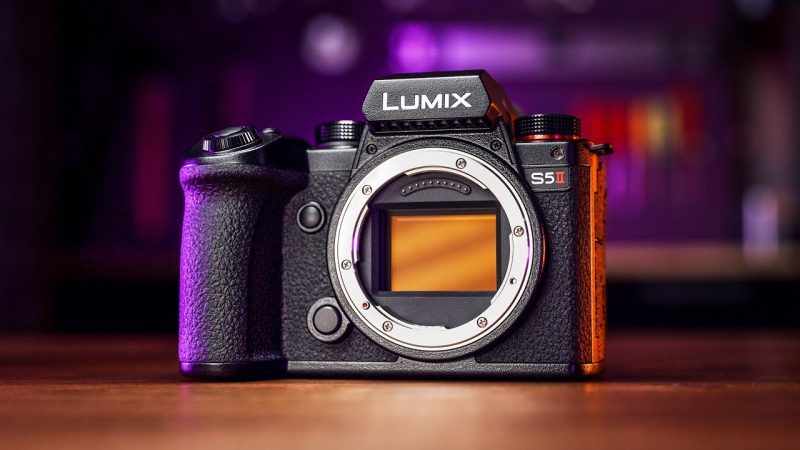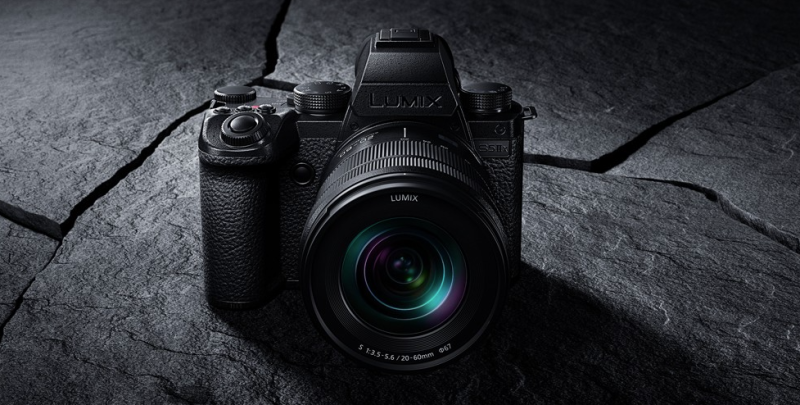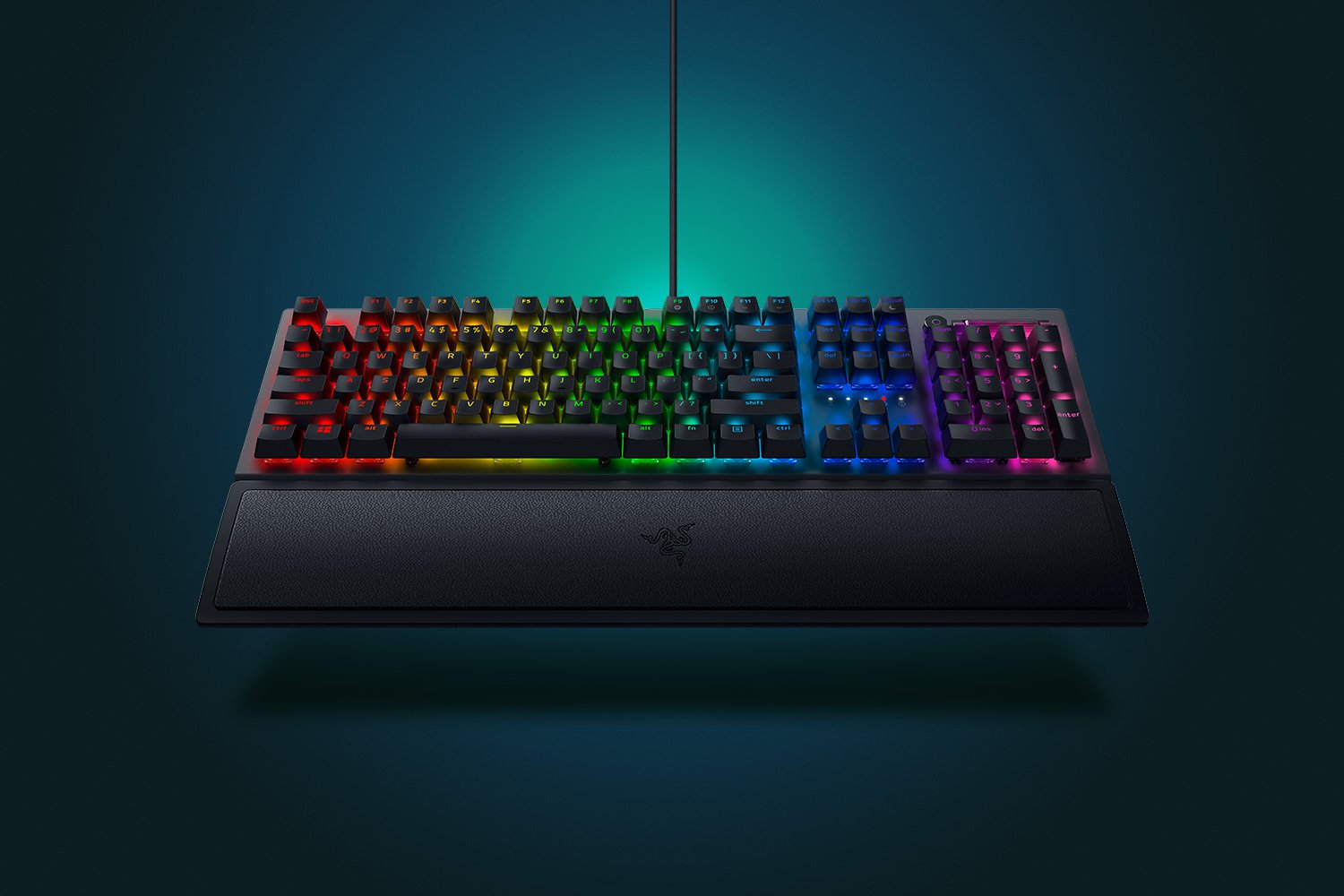Panasonic Lumix S5 II Review: A Step Forward for Creators
The creative community now has access to Panasonic’s updated full-frame camera, the Lumix S5 II, which brings significant improvements over its predecessor, the Lumix S5. While the original S5 had some advantages over the larger Lumix S1, particularly in terms of size, the S5 II takes a significant leap forward with the inclusion of phase-detection autofocus, thanks to a newly developed sensor. This is a first for a Lumix camera, addressing a long-standing demand from users.
Key Improvements
The S5 II features 779 AF points and enhanced tracking autofocus, which have seen substantial improvements in both speed and object detection. For video creators, there are several exciting new features, although the resolution remains at 24 megapixels, the same as its predecessor. Another version, the Lumix S5 II X, will also be released with additional enhancements aimed at video professionals, particularly those involved in post-production.
Ergonomic Design
The layout and design of the Lumix S5 II are almost identical to the S5. The controls are easy to handle, strategically placed, and thoughtfully designed. The large red button for video recording, along with the mode and program selection dials, are conveniently located on the top. This makes the camera very user-friendly, allowing quick access to essential settings without delving into the menus, saving valuable time.
Heat Management
On the top, Panasonic’s solution for heat dissipation is evident. A fan cools the camera actively during intensive operations like long 6K video recordings. This integrated solution is superior to additional attachable fans, making it an essential feature for creators who need a reliable and hassle-free setup. The cooling system is also designed to be safe from moisture, with fan blades separated from the electronics.

Improved Autofocus and Speed
Panasonic’s collaboration with Leica, under the “L2 Technology” banner, has resulted in a new image processor that enhances and speeds up autofocus handling. This helps the S5 II find and track objects better in low light or strong backlight conditions, even when zooming. The hybrid autofocus, combining contrast-detection AF and the new phase-detection AF, makes the S5 II faster and more reliable than its predecessor.
In use, the autofocus is quick and precise, effectively tracking faces and eyes, which is a significant improvement. This feature is particularly beneficial for self-filming or for users who struggle with manual focusing. For those more experienced with manual focus, this improvement might not be as crucial, but it does eliminate the pulsing effect seen with contrast-detection AF during video recording.
The S5 II is also fast in burst shooting, capable of 30 frames per second with an electronic shutter and up to 9 frames per second with a mechanical shutter (7 frames per second with continuous AF). The camera’s overall performance is swift, allowing for almost 200 RAW images in continuous shooting before the buffer fills.
Enhanced Video Features
Panasonic has made numerous improvements for video enthusiasts compared to the original S5. The well-functioning autofocus is one such upgrade. The new “Active IS” mode offers better stabilization when moving and filming, albeit with a slight crop. This feature is ideal for vloggers or those filming themselves while walking.
Advanced users can now apply Real-Time LUTs directly in the camera, with up to 10 LUTs available for storage. This allows for immediate visualization of the final result, providing greater control over the footage. Other professional features include waveform monitors, vector scopes, and zebra patterns, all useful for setting exposure and white balance accurately.
The S5 II also features a full-sized HDMI Type-A connector for stability, a much-requested addition. Video recording capabilities top out at 6K/30p in 10-bit 4:2:0 in a 3:2 aspect ratio, with options for 5.9K/30p in 16:9, or 4K/60p.
A smart menu feature allows filtering of video settings based on three parameters: file format, aspect ratio, and image quality. This improves usability for those unfamiliar with all the video specifications.
Upcoming S5 II X
The upcoming Lumix S5 II X is even more video-centric, supporting Apple ProRes in 5.8K, recording to SSDs via USB, ProRes Raw output, and wired or wireless IP streaming. This model aims to cater to professional users who demand more from their video equipment.

Conclusion
Both still images and videos from the Lumix S5 II are impressive. Panasonic has achieved a fine balance between noise reduction and sharpness, with JPEGs looking vibrant and detailed. The sensor handles noise well, even without post-processing, and white balance is accurate, producing natural-looking images in low light.
Video quality is similarly excellent, with sharp and pleasant visuals. The Active IS function works well for stabilized footage during movement, making it a valuable tool for many users. The camera’s functionality feels well thought out, is quick, and is relatively easy to use, even for beginners, while offering depth for advanced users.
Specifications
- 24MP BSI CMOS sensor with on-sensor phase detection
- Up to 30fps electronic shutter shooting with continuous AF and RAW capture
- 96MP multi-shot high-resolution mode
- 6K 3:2 open-gate video capture up to 30p (4:2:0 10-bit)
- 6K or DCI/UHD 4K from full sensor width up to 30p
- DCI/UHD 4K up to 60p (S35), unlimited record times and proxy option
- Dual conversion gain sensor with explicit ‘Dual Native ISO’ gain selection
- Pre-burst shooting mode (up to 1.5 seconds before the shutter is pressed)
- Cooling fan
- Twin UHS-II card slots
- Camera-to-Cloud integration with Frame.io
- Optional paid upgrade for RAW video output
S5 II X Additional Features
- RAW video output
- Video recording to SSD over USB
- All-I compression modes
- Internal/SSD ProRes capture
- Wired/wireless IP streaming



